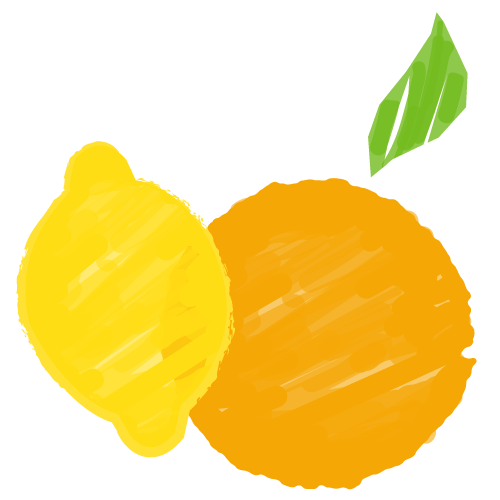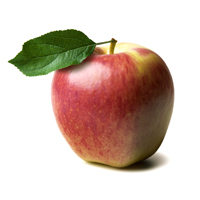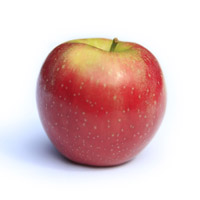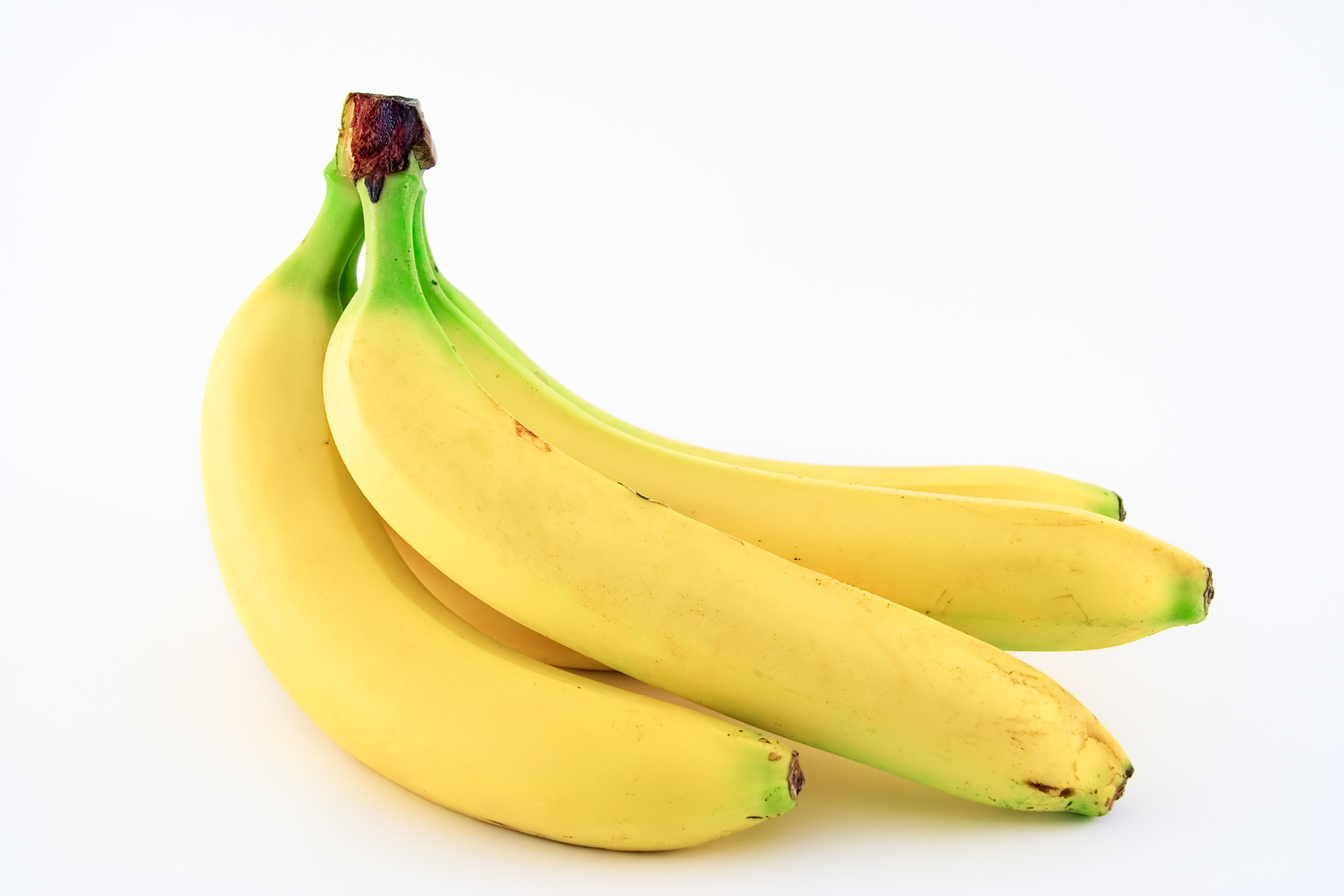Salads have become the healthful, nutrient-dense, protein-packed, delicious dish du jour. With so many of today’s most popular diet trends converging in the salad bowl, consumers have gone gaga for greens.
Sweet and Savory Salad Trends
From packaged salads to bowls to salad bars, supermarkets are reporting record rings.
Sales of salads are up well above pre-recession numbers at Mrs. Winston’s Green Grocery. The natural grocer touts itself as home to “L.A.’s Best Salad Bar,” and if the Yelp and Facebook postings are any indication, this Southern California-based three-store chain is onto something big.
“We’ve always focused on greens, but in the past couple of years, we’ve seen a big trend in kale,” notes Edmund Winston, president. “When we first started in 1987, we used one box of kale a week — and that was just for decoration. Now we probably use seven to 10 boxes a day in the salad bar.” Mrs. Winston’s sells both plain kale and kale-based salads in its salad bar.
Still Crazy for Kale
“Kale is not a fad anymore. It’s here to stay,” concurs Nicole Glenn, director of innovation for Earthbound Farm Organic, in San Juan Bautista, Calif. Earthbound’s Deep Green Blends line, which includes a mix of baby kale, has been wildly successful.
Kale is also a growth category for Ready Pac Foods Inc., in Irwindale, Calif. “Kale will maintain a strong presence on shelves as consumers are becoming more comfortable using this lettuce variety in recipes at home,” predicts Tristan Simpson, VP of corporate communications.
Ready Pac recently launched a restaurant menu-inspired Baby Kale Turkey Cranberry Bistro Bowl, within its line of Ready Pac Bistro Bowl Salads, that features a blend of baby kale and spring mix, diced turkey, sliced almonds, whole cranberries and red apple poppy-seed dressing. The company is also introducing a Baby Kale Blend Bagged Salad with baby kale, baby spinach, baby arugula and chard.
Dark and Leafy
Much touted as nutritional powerhouses, dark leafy greens are is also trending in both packaged and loose offerings.
“The demand for dark leafy greens is definitely a trend in our salad bars,” says Winston, who has seen the same surge in demand at Mrs. Winston’s juice bars.
Simpson predicts dark leafy greens will be strong sellers in the packaged salad category as well. “This summer, we’re going to see a proliferation of supergreens, as well as clever, bolder flavor profiles inspired by ethnic fusion dishes, with elements of sour, bitter and spice,” she says.
“Less common leafy greens that are darker in color and nutrient-rich are also trending,” she continues. “We expect to see varieties like dandelion and beet greens utilized, as well as more bitter leafy greens like chard, chicory and watercress.”
It’s a notable trend with traction that Chris Mayhew, VP of marketing for Dole Fresh Vegetables, in Monterey, Calif., calls “the mainstreaming of supergreens.” He points to the increased popularity of tender greens, like baby kale, spinach and chard, “that provide an excellent source of vitamins A, K, C, and calcium, magnesium and folate, and offer antioxidant benefits.”
Dole hopes to satisfy consumers’ growing appetite for these dark greens with the introduction of Power Up Greens, a new line of packaged greens that includes baby kale and baby chard.
This month, the company is putting a nutrient-dense spin on the ever-popular Caesar salad with its new Dole Kale Caesar Salad Kit, a combination of baby kale, baby spinach and shredded broccoli with shaved parmesan and Romano cheeses, roasted garlic croutons, and Caesar dressing.
Grains and Seeds
Protein-rich grains like quinoa, as well as ancient grains, and seeds used as toppings for greens, are other hot trends at retail and foodservice.
“We’ve always tried to be progressive and ahead of the curve with our salad bar,” asserts Winston. This philosophy extends to the selection of grains available in the bar, such as red and white quinoa, lentils, and black forbidden rice.
“People are looking to eat healthier, and they are more aware of the importance of eating whole grain, plant-based foods,” he observes.
When Earthbound Farm set out to develop its PowerMeal Bowls, plant-based protein was top of mind. “We’re really looking at ancient grains, black beans, soba noodles, chia seeds — ingredients that are exotic but familiar,” notes Nathalie Fontanilla, VP of product innovation for Earthbound.
Fresh and Dried Fruit
Sweet fruit as an ingredient in savory salads is another sought-after flavor combination. Earthbound’s Blueberry & Quinoa & Baby Spinach PowerMeal Bowl is just one example in the packaged category.
At Mrs. Winston’s, a seasonally rotating variety of 15 fresh fruits is available throughout the year. The most recent additions include Envy Apples (which don’t turn brown when sliced) and Cotton Candy grapes. “Both were really popular,” notes Winston. “People are always looking for something new and exciting.”
Chopped Salads
With a blend of flavors and crunch in every bite, what veggie lover doesn’t love chopped salads, the fastest-growing salad trend in the casual-dining segment?
Dole is expanding upon its All Natural Chopped Salad line that it introduced last year, with two new items: an All Natural Chopped Sesame Asian Salad Kit and an All Natural Chopped Sunflower Crunch Salad Kit.
Packaged Salad Trends
The convenience factor of packaged salads can’t be beat, and the latest sales data indicate that consumers agree. According to the United Fresh Produce Association’s 2013 year-in-review edition of the “FreshFacts on Retail” report that’s produced in partnership with the Nielsen Perishables Group and sponsored by Del Monte Fresh Produce, packaged salad, the top-selling vegetable category in 2013, increased its dollar sales by 6.7 percent.
Meal kits and prepared grab-and-go options are perennial favorites and will continue to grow within healthier segments like fresh snacking and salads, forecasts Ready Pac’s Simpson.
“We know consumers are making healthy eating a priority, but most people don’t have the time required to make fresh, healthy meals from scratch on a daily basis,” she says. “Fresh grab-and-go salads will be huge this summer for consumers who are no longer willing to sacrifice health and satisfying taste for the sake of their busy schedules.”
Fresh, easy and single-serve are of particular importance to Millennial shoppers, says Glenn of Earthbound. “Younger consumers are looking for something they can grab that’s healthy, that tastes good and makes them feel good about what they are eating.”
- See more at: http://www.progressivegrocer.com/node/67339#sthash.A2yHYXNO.dpuf
































